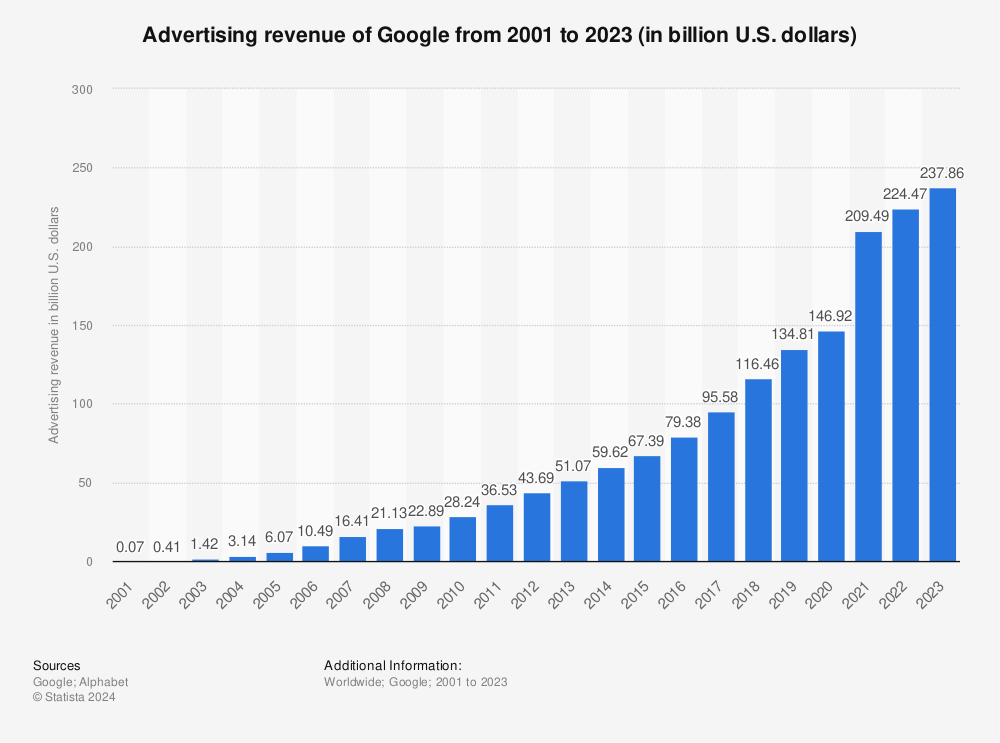In 2007, a market research firm called Yankelovich estimated that a regular person would see 5,000 ads in a single day. In 2022, no formal research was conducted but it is estimated to be double of the 2007 figure. For context, google alone earned +$200 Billion of advertising revenue in 2022. Clearly, the advertising overdose will have effects on how brands advertise. Advertising blindness, a common phenomenon where the brain automatically becomes blind to ads, makes the stupendous ‘number of impressions’ or ‘people reached’ uninteresting. How do marketers overcome this? What a more effective metric to track the relevance of marketing?
Engagement rate means the number of people engaging by liking, sharing or commenting on the content vs no. of people passively seeing. Engagement is by far the most important metric to track for digital marketers as it reliably measures viewers’ attention and interest than just impressions or reach. This also translates into better conversion rates. Therefore, brands are now turning their focus on the growing influence of nano and micro influencers who have double the engagement rates than their giant competitors. Nano influencers are people with 1,000 to 10,000 followers while micro influencers are those with 10k-100k. Average engagement rates of nano and micro influencers surpass mega influencers with millions of followers. In absolute terms however, the difference may not be huge but following are the hidden benefits that need to be understood.

DATA COMPARING ENGAGEMENT RATES
Top 5 reasons why Nano & Micro influencers should be part of marketing your brand:
1. Their Audience Trusts Them
The first audience of any social media user is their friends and family, people who personally know and trust them. When they start their influencer journey by creating content, they stay focused on their niche to earn the trust of of their new audience. That is why their influence or social currency is small but strong.
Consequently, nano and micro influencers have much higher engagement rates than the bigger influencers. Higher engagement translates into a greater possibility of people sharing the content and remembering them the next time potential customers make a purchasing decision.
2. Curated Target Audience
Reaching the right people is as important as reaching more people. Giant hoarding may be seen by thousands but how many of them might actually use the product or service on display? Reaching the right target audience could mean higher conversions and lower costs. Following of smaller influencers usually are made up of people with similar tastes, demographics and purchasing power. It gives brands access to curated target audiences they can pick and choose on the basis of their brand strategy.
3. Cheaper, Safer, Luckier
The cost of hiring such influencers to post is far less compared to bigger influencers (50,000 followers plus charging upwards of Rs 30,000 per post). Moreover, costs are distributed over a number of small influencers reducing reliance on any one influencer.
No influencer can guarantee virality. In fact, it’s observed that sponsored posts perform poorly compared to regular posts by influencers. By increasing the surface area of getting lucky, employing more influencers increases chances of going viral.
4. Greater Control over content
Brand partners enjoy greater control over content and at times, even influence over other clients their influencers choose to work with. Nano and small influencers are also willing to give more time to brands as they are usually just starting out and learning the ropes themselves. The bargaining power is tipped towards the brand's favour.
5. Grow With The Greats of Tomorrow
Long term brand partnerships can be mutually beneficial for the marketer and the market maker. Scouting for talent can be the differentiating factor for brands in the long term. With the world so focused on the big names of influencer marketing, nano and micro influencers are relatively uncontested fields. Great brands reap, not react to market changes.







